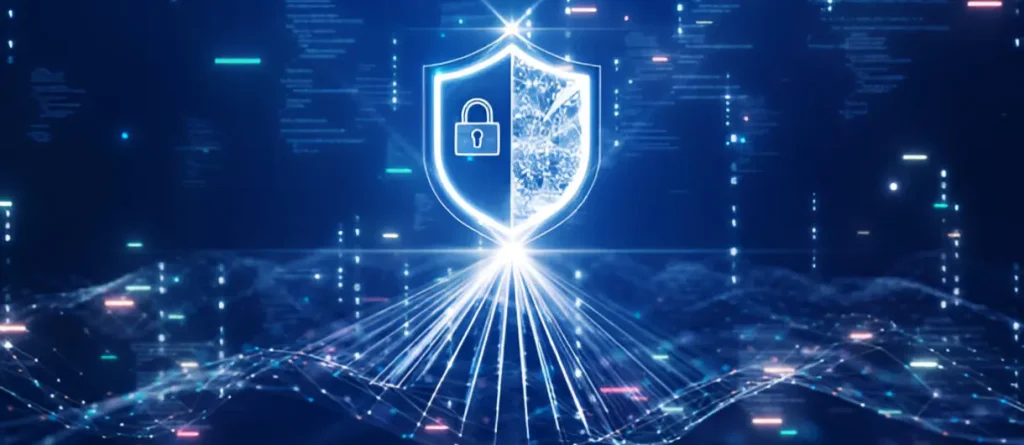Introduction: The Critical Difference Between IT and OT Security
You can reboot a crashed IT system. You can restore lost data. If your email server goes down, nobody dies.
OT security doesn’t work that way.
In the IT world, security revolves around Confidentiality, Integrity, and Availability (CIA) – protecting sensitive data, preventing breaches, and ensuring uptime. A corporate IT failure might be inconvenient, delaying reports or causing minor disruptions. But in OT? Failure can lead to life-or-death situations.
OT systems don’t just store data; they control real-world infrastructure – manufacturing lines, power grids, water treatment plants, oil refineries. A security breach in OT isn’t just about losing files; it’s about valves opening when they shouldn’t, motors and compressors shutting down unexpectedly, or supply chains grinding to a halt.
Yet, many organizations continue to apply IT security strategies to OT environments, a dangerous mistake that leaves industrial networks vulnerable.
What This Means for the Industrial Sector
- IT security strategies create blind spots when applied to OT
- OT security requires a risk-driven, operations-first approach
- Traditional cybersecurity frameworks are inadequate for industrial environments
With global digital transformation spending projected to reach $4 trillion by 2027, businesses are accelerating digitization – but only 35% of companies successfully achieve their transformation goals due to security challenges. Securing OT environments is a critical part of this puzzle.
Let’s break it down.
Why Your Current IT Security Strategy Is Failing in OT
1. Downtime Is Not an Option
In IT, downtime is manageable. Maintenance is scheduled, patches are applied, and systems rebooted. OT environments don’t have that luxury.
A single security patch requiring a restart could mean:
- Millions in lost production if a refinery pauses operations
- Grid-wide disruptions if a power plant goes offline
- Logistics delays if an industrial automation system fails
OT security must be non-disruptive and real-time – if it requires downtime, it’s already failed.
2. Endpoint Protection Isn’t Enough
Traditional IT security tools like firewalls, antivirus software, and identity management aren’t built for industrial cybersecurity. OT attackers don’t rely on phishing emails or malware downloads – they:
- Exploit legacy control systems running outdated firmware
- Manipulate Supervisory Control And Data Acquisition (SCADA) & Industrial Control System (ICS) networks using unsecured protocols
- Hijack third-party vendor access to bypass security controls
- Target supply chains to insert backdoors into critical infrastructure
Industrial environments need OT-specific security solutions that detect protocol-based threats and unauthorized modifications.
3. Lack of Continuous Monitoring
In IT, security operates on scheduled vulnerability scans and reactive alerts. OT networks can’t wait for the next audit – by the time a breach is detected, the damage is already done.
A ransomware attack on OT may result in:
- A factory explosion
- A pipeline shutdown
- A nationwide power failure
Industrial networks require 24/7, AI-driven monitoring to detect threats in real-time – before they escalate.
The Blueprint for a Secure OT Environment
Now that we’ve identified the vulnerabilities created by IT/OT convergence, it’s clear that traditional security approaches aren’t enough. The risks are real, the attack surface is expanding, and critical infrastructure is under constant threat.
A reactive, compliance-only approach is a ticking time bomb. Organizations must shift to a proactive, real-time security strategy that safeguards industrial operations without disrupting them.
The Key Elements of Industrial Cybersecurity
1. Asset Visibility & Configuration Management
Organizations must have full visibility over every connected OT asset – SCADA systems, PLCs, IoT devices. A single unmonitored device can be an attack entry point.
2. Risk-Driven Security Assessment and Compliance
Regulatory standards like International Electrotechnical Commission (IEC) 62443 & National Institute of Standards and Technology (NIST) – Cybersecurity Framework CFS are essential, but not enough. A proactive risk assessment framework ensures threats are identified, prioritized, and mitigated before they escalate.
3. Adaptive Threat Detection & Incident Response
Firewalls and antivirus software don’t stop modern ICS attacks. AI-driven threat detection and behavior-based anomaly monitoring are crucial to preventing system-wide failures.
4. Identity & Access Management for OT
Most OT breaches start with compromised credentials, weak authentication, or third-party access. Zero Trust security ensures that only the right people have the right level of access at the right time.
5. Software, Patch & Change Management
Many OT systems rely on legacy infrastructure that can’t afford downtime. Automating security patching and updates ensures OT security without disrupting operations.
Bet On Security, Not Disaster. OTNexus Delivers.
By now, it’s clear: OT security cannot be an afterthought.
We’ve seen how IT/OT convergence is expanding attack surfaces, why traditional security strategies fail in industrial environments, and why compliance alone won’t keep energy, utilities, and manufacturing sectors safe.
So, how do you stay ahead of evolving threats without disrupting operations?
OTNexus Security Solutions: Built for Industrial Cybersecurity
- Proven Protection for Critical Infrastructure
From oil refineries to smart cities, OTNexus is designed to handle the scale and complexity of industrial environments.
- Granular Identity & Access Control
Enforce granular role-based access controls with OTNexus by centralizing user identity and access management. The Identity and Access Management module seamlessly integrates with Active Directory, ensuring only the right personnel can access critical OT environments – eliminating unauthorized access risks.
- Compliance-Ready, Risk-Driven Approach
Whether your organization must meet industry regulations, OTNexus helps maintain compliance through tracking and reporting, real-time alerts for non-compliance, and centralized policy management.
- Proactive Risk Management & Threat Intelligence
Our integrated risk management framework helps businesses to identify, assess, and mitigate risks before they escalate. With real-time threat intelligence and automated risk classification, OTNexus ensures your security posture stays ahead of emerging threats.
Give it a try and experience the OTNexus difference.
Bottom Line
We’ve covered a lot – why IT security fails in OT environments, how IT/OT convergence is expanding attack surfaces, and why compliance alone isn’t enough.
The reality is clear: Critical industries are evolving at an unprecedented pace, and cybersecurity must evolve with it. Organizations that fail to prioritize industrial cybersecurity today will be the ones dealing with disruptions, financial losses, and operational shutdowns tomorrow.
What’s Next?
You have two choices:
- Stay reactive and hope for the best.
- Take control and future-proof your OT security before it’s too late.
Don’t wait for disaster to strike. Request a Security Assessment today!










